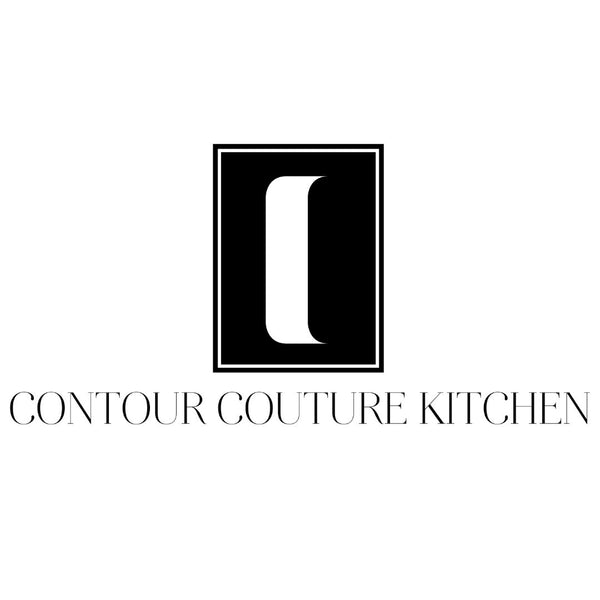When it comes to baking, precision and technique are key. Whether you're a seasoned baker or just starting out, understanding the fundamental cooking techniques can make all the difference in achieving bakery-worthy results. In this blog post, we'll explore some essential cooking techniques for baking that will help you elevate your pastry game to the next level.
1. Creaming Method: The Secret to Light and Fluffy Cakes
The creaming method is a classic technique used to incorporate air into your batter, resulting in light and fluffy cakes. Start by beating together room temperature butter and sugar until pale and creamy. Gradually add eggs and vanilla extract while continuing to beat. Finally, alternate adding dry ingredients and milk, mixing until just combined. The creaming method is perfect for creating tender cakes with a delicate crumb.
2. Folding Technique: Maintaining Airiness in Delicate Batters
When working with delicate batters such as soufflés or mousse, the folding technique is essential to maintain the airiness of the mixture. Gently incorporate the dry ingredients into the wet ingredients using a spatula, making sure to scrape the bottom of the bowl to ensure even mixing. Avoid overmixing, as it can deflate the batter and result in a dense final product.
3. Blind Baking: The Key to Crispy Pie Crusts
Blind baking is a technique used to pre-bake a pie crust before adding the filling. This method is particularly useful for custard or fruit pies with a wet filling. To blind bake, line the pie crust with parchment paper and fill it with pie weights or dried beans. Bake the crust in a preheated oven for a short period of time, then remove the weights and continue baking until the crust is golden brown. Blind baking ensures a crisp and flaky crust, even with moist fillings.
4. Pâte à Choux: Creating Light and Puffy Pastries
Pâte à Choux, also known as choux pastry, is the base for many delightful pastries such as cream puffs and éclairs. The key to achieving the perfect pâte à choux lies in the cooking technique. Start by heating water, butter, sugar, and salt in a saucepan until it reaches a rolling boil. Add flour and stir vigorously until the mixture forms a smooth ball. Transfer the dough to a mixing bowl and gradually add eggs, beating well after each addition. Pâte à Choux relies on the steam created by the eggs to puff up during baking, resulting in light and airy pastries.
5. Proper Kneading: Developing Gluten for Chewy Breads
When making bread, proper kneading is crucial for developing gluten, which gives bread its structure and chewiness. Begin by mixing the flour, yeast, salt, and water until a shaggy dough forms. Turn the dough out onto a lightly floured surface and knead it by pushing it away with the heel of your hand, then folding it back over itself. Repeat this process for about 10 minutes or until the dough becomes smooth and elastic. Proper kneading ensures a well-developed gluten network, resulting in a chewy and delicious loaf of bread.
By mastering these essential cooking techniques for baking, you'll be well on your way to creating delectable pastries that will impress even the most discerning taste buds. Remember, practice makes perfect, so don't be afraid to experiment and refine your skills. Happy baking!
